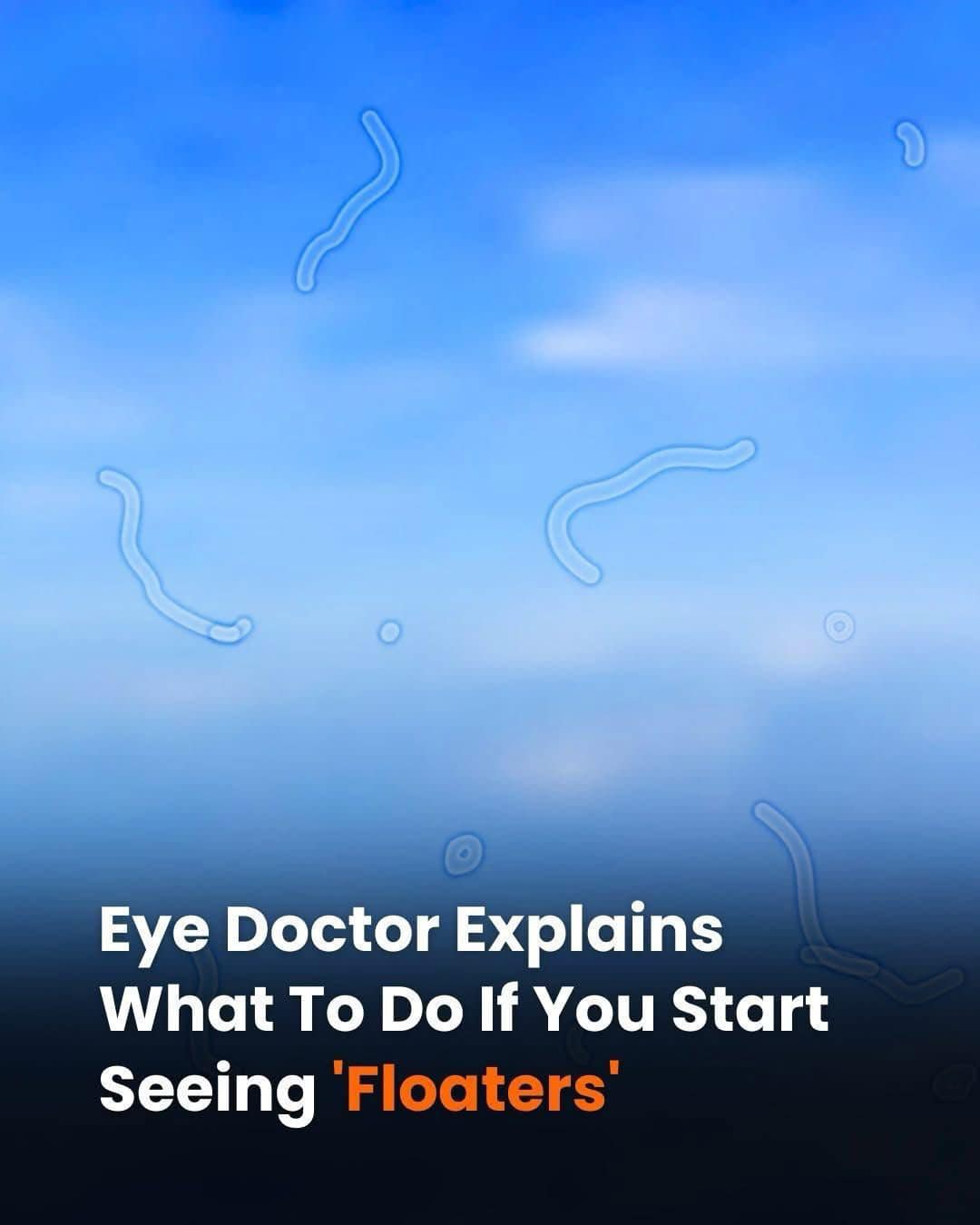ADVERTISEMENT
Who Is Most at Risk?

Certain individuals are more likely to experience floaters. You might be at higher risk if you:
- Are nearsighted
- Have had cataract surgery
- Suffer from diabetes, which can lead to diabetic retinopathy
- Aging
Symptoms to Watch For

Generally, they are harmless, but if you experience a sudden increase in floaters, flashes of light, or a shadow appearing in your peripheral vision, it could signal a retinal tear or detachment. These are medical emergencies and require immediate attention.
How Are Floaters Diagnosed?

Eye doctors use a dilated eye exam to diagnose floaters. This involves dilating the pupils with eye drops to get a better view of the vitreous and retina. The exam allows the specialist to identify any abnormalities or underlying issues, such as retinal tears.
When Are Floaters a Medical Emergency?

While most floaters are benign, certain symptoms can indicate serious issues:
- A sudden increase in frequency
- Flashes of light
- A dark curtain or shadow moving across your vision
These signs could point to retinal detachment or tear, which requires immediate medical intervention to prevent vision loss.
Treatment Options for Floaters

In many cases, no treatment is needed as floaters tend to become less noticeable over time. However, for those noticing a significant impairment in vision, there are options:
- Vitrectomy: A surgical procedure that removes the vitreous gel and replaces it with a saline solution.
- Laser Therapy: This treatment uses lasers to break up the floaters, making them less noticeable. Both treatments come with risks, including infection and retinal damage, so they are usually considered only for severe cases.
- see more on the next page
